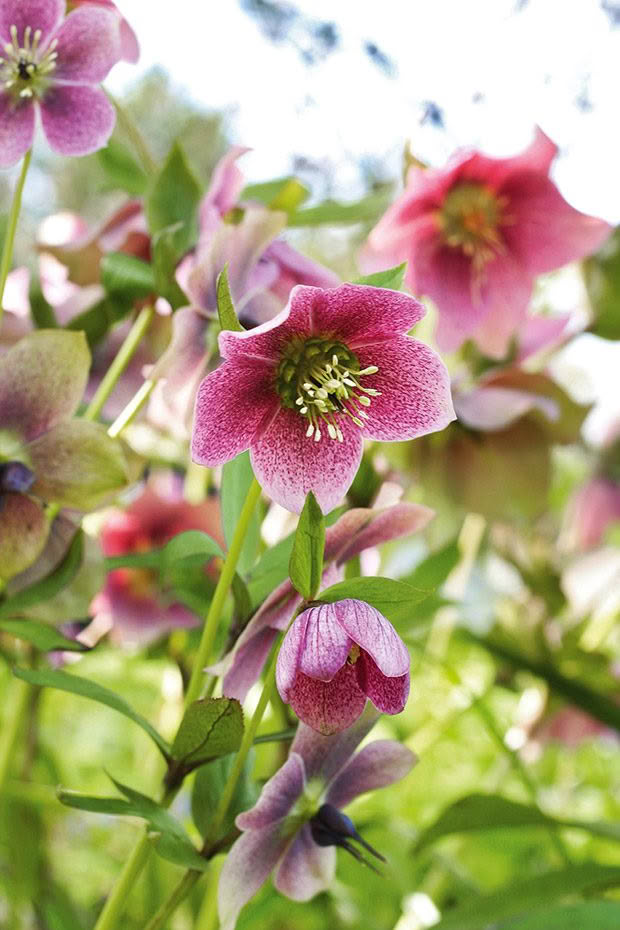8 tasks for the flower garden in June (including the winter-hardy flowers to plant now)

Choose winter bloomers to add a pop of colour to your garden.
Words: Jane Wrigglesworth
Fill in any gaps in the garden with pansies, polyanthus, primulas, and wallflowers.
Proteas, including leucadendrons and serruria, are flowering now or soon will be. They are hardy, evergreen plants, but young specimens need protection from heavy frosts. In mild areas they can be planted from now until early spring; wait until spring in cool-climate gardens, until the heaviest frosts have passed. Plant in an open, sunny, well-drained and well-ventilated position. Use raised beds, if necessary, to prevent wet feet. Hold off on the fertilisers and compost – proteas grow best in poor, acidic soils. Avoid root disturbance when planting.

Protea.
Kniphofias, also known as red (or yellow) hot pokers flower in summer to autumn or winter, depending on the variety. Winter Cheer and Kniphofia gracilis produce red and yellow flowers in the cooler months. These flaming torches tolerate light frosts.

Kniphofia, also known as hot pokers.
Hellebores are winter-hardy shade perennials that can be planted now. Blooms typically appear from mid-to-late winter and into spring. Incorporate compost or well-rotted manure into the soil before planting. Most hellebore varieties don’t do well in direct sun, but some of the newer hybrids are more tolerant of it.

Hellebore.
In warmer areas, hydrangeas can be pruned in June or July. Where winters are cold, leave pruning until spring as new growth may be damaged by frosts. Mopheads (Hydrangea macrophylla) and oakleaf hydrangeas (H. quercifolia) flower from buds that were formed the previous season. Remove the flower heads and prune to the uppermost pair of buds.
As plants mature, remove very old stems (those with no flowering shoots) right to the base, otherwise plant growth may become crowded. H. paniculata and H. arborescens flower on new wood and produce buds in spring. The timing of pruning is the same as mophead hydrangeas, but prune stems back to the lowest pair of buds to keep plants small, or by about one-third for taller shrubs.

Spikes of cymbidium orchids will be showing now. Ensure flowering stems are staked and move to a sheltered position, if outdoors, where heavy rain or hail can’t pockmark buds and flowers.
Tea is made from the dried leaves of Camellia sinensis, a variety which also makes a great hedge. However, unlike other camellias, its flowers are pretty simple. If you want a camellia that puts on a colourful display, now is the perfect time to choose one, while they are in flower.

Love this story? Subscribe now!
 This article first appeared in NZ Lifestyle Block Magazine.
This article first appeared in NZ Lifestyle Block Magazine.
